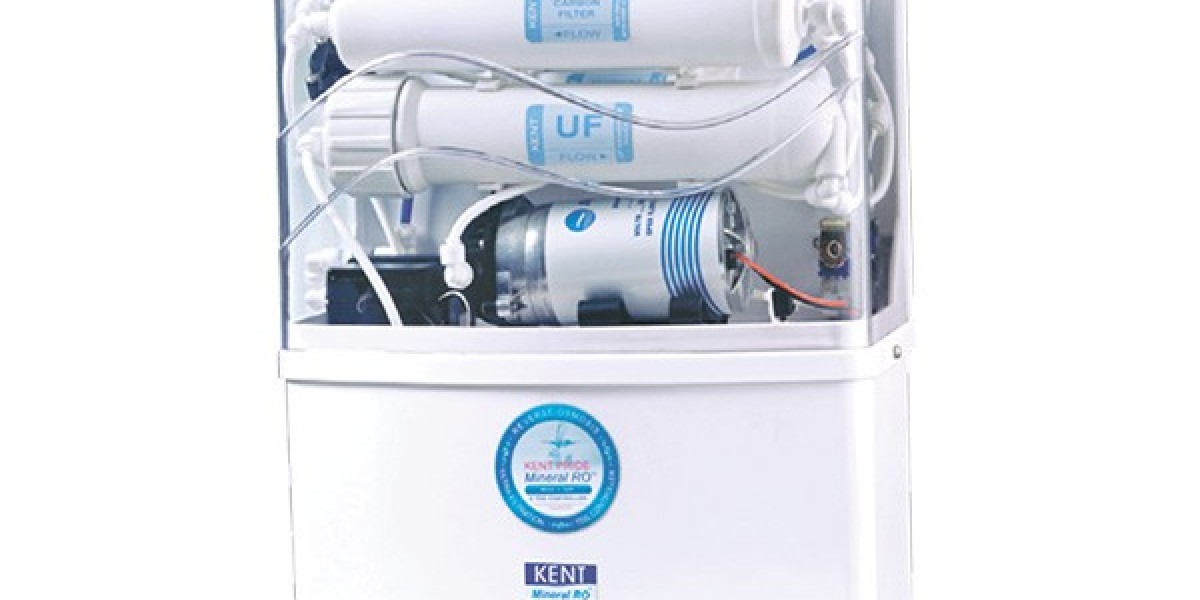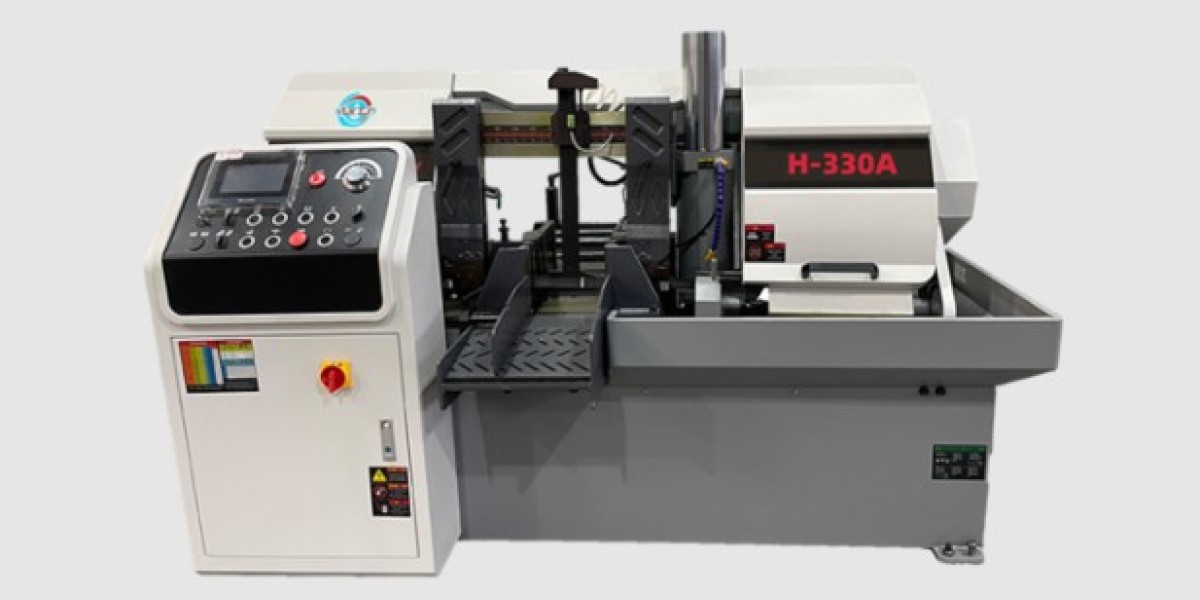Finding the right water purifier for your home isn’t always easy. With so many technologies available — RO, UV, and UF — homeowners often feel confused about which one provides the best protection from harmful contaminants. Since clean water plays a vital role in your family’s health, choosing the correct purification method is a serious decision.
In this complete comparison guide, we’ll break down the differences between RO, UV, and UF water purifiers in a simple and easy-to-understand format. We’ll also help you decide which water purifier is best for different water sources like borewell water or municipal tap water.
And for those looking for a reliable and innovative solution, we’ll also discuss why Hydroflux Water Purifiers are becoming a trusted choice in many modern homes.
Why You Need a Water Purifier in 2025
Even if your water looks clean, it may carry harmful impurities such as:
Bacteria & viruses
High TDS (Total Dissolved Solids) like salts and heavy metals
Chlorine, pesticides & organic contaminants
Rust and sediment from pipelines
A water purifier removes these impurities and delivers safe, tasty, and healthy drinking water.
Now let’s explore the technologies that make purification possible.
What is RO Water Purification?
RO stands for Reverse Osmosis. It uses a semi-permeable membrane to remove dissolved salts and contaminants from water.
How RO Purifiers Work
Water passes through multiple filtration layers including:
Sediment filter
Carbon filter
RO membrane
Post carbon polishing
This system reduces TDS and removes harmful chemicals and heavy metals such as:
Arsenic
Fluoride
Lead
Mercury
Benefits of RO Water Purifiers
| Advantages | Description |
|---|---|
| Best for High TDS Water | Makes hard and salty water pure and drinkable |
| Removes Heavy Metals | Keeps long-term health risks away |
| Improves Taste | Water tastes lighter and more refreshing |
Limitations of RO Systems
Requires electricity
Wastes some amount of water during filtration
More costly maintenance than UV/UF systems
Best For:
Borewell water, salty water, industrial areas, and apartment complexes with high TDS
What is UV Water Purification?
UV stands for Ultraviolet purification. This technology disinfects water using UV light that kills 99.9% of microorganisms.
How UV Purifiers Work
Water flows through a UV chamber → UV light destroys DNA of bacteria, viruses, and pathogens → Water becomes microbiologically safe.
Benefits of UV Water Purifiers
| Advantages | Description |
|---|---|
| No Chemicals Used | Safe & environmentally friendly |
| Fast Disinfection | Immediate purification |
| Low Maintenance | Fewer filter changes required |
| Retains Minerals | Natural minerals in the water stay intact |
Limitations of UV Systems
Does not reduce TDS
Does not remove sediments or dissolved chemicals
Needs electricity
Best For:
Municipal tap water or water already low in TDS
What is UF Water Purification?
UF stands for Ultrafiltration. It uses a hollow-fiber membrane to remove suspended particles and microorganisms.
How UF Purifiers Work
Water passes through a membrane with small pores → removes cysts, sediment, bacteria, and impurities.
Benefits of UF Water Purifiers
| Advantages | Description |
|---|---|
| No Electricity Required | Perfect for areas with frequent power cuts |
| Removes Turbidity | No cloudy or muddy water |
| Long Filter Life | Affordable & easy maintenance |
Limitations of UF Systems
Cannot remove dissolved salts or chemicals
Not suitable for high TDS water
Best For:
Water with low TDS but visible impurities such as pipeline contamination
RO vs UV vs UF — Side-by-Side Comparison
| Feature | RO | UV | UF |
|---|---|---|---|
| Removes High TDS | ✔ Yes | ✘ No | ✘ No |
| Kills Bacteria/Viruses | ✔ Yes | ✔ Yes | ✔ Yes |
| Removes Chemicals/Heavy Metals | ✔ Yes | ✘ No | ✘ No |
| Works Without Power | ✘ No | ✘ No | ✔ Yes |
| Best For | Borewell water | Municipal water | Slightly dirty water |
Which Water Purifier Should You Choose?
Here’s a quick recommendation table to help decide:
| Your Water Source | Suggested Technology |
|---|---|
| Borewell with high TDS | RO or RO+UV |
| Municipal Water (Low TDS, possible germs) | UV or UV+UF |
| Water with turbidity but low TDS | UF or UV+UF |
| You want highest protection | RO+UV+UF Combo |
If you're unsure, test your water’s TDS first. It’s the easiest way to determine purification needs.
Why Choose Hydroflux Water Purifiers?
When investing in a purifier, choosing a trusted brand ensures reliability and peace of mind. Hydroflux is known for offering advanced filtration technology designed for Indian homes and varying water conditions.
Key Advantages of Hydroflux:
Multi-stage purification (RO + UV + UF options) for complete protection
Smart sensors & filter life alerts to ensure timely maintenance
High water recovery systems to reduce wastage and support sustainability
Retains essential minerals for better health and taste
Compact & modern designs to match stylish kitchens
Excellent after-sales service for a hassle-free experience
Hydroflux focuses on delivering safe, great-tasting water while keeping long-term usage costs affordable — making it a smart and economical choice for families.
Water Purifier Technologies: Final Verdict
| If You Want… | Choose… |
|---|---|
| Best overall protection | RO + UV + UF Combo (Hydroflux recommended) |
| Pure taste with minerals | UV/UF combo |
| Affordable electricity-free option | UF |
Conclusion
Choosing between RO vs UV vs UF water purifiers depends mainly on your water quality.
If your water has high TDS, RO is essential.
If the supply is treated but possibly contaminated, UV works perfectly.
If electricity is an issue, UF is a safe and practical choice.
For the best safety and value, a multi-technology purifier like Hydroflux ensures that your water is not only free from germs but also balanced, fresh, and healthy.
Clean water is a right — and with the right purifier, you can provide your family with pure protection every day.
Frequently Asked Questions
1. Which is better: RO, UV, or UF?
There isn’t a single best — it depends on your water source.
High TDS → RO
Low TDS but germs → UV
Low TDS and visible dirt → UF
For full protection → RO + UV + UF combo is ideal.
2. Can UV purifiers remove heavy metals from water?
No. UV only disinfects microorganisms. To remove heavy metals, fluoride, arsenic, or high TDS, RO purification is necessary.
3. How often should I replace filters in a Hydroflux purifier?
Usually every 6–12 months, depending on usage and water quality. Smart models provide filter change alerts to make maintenance easier.



